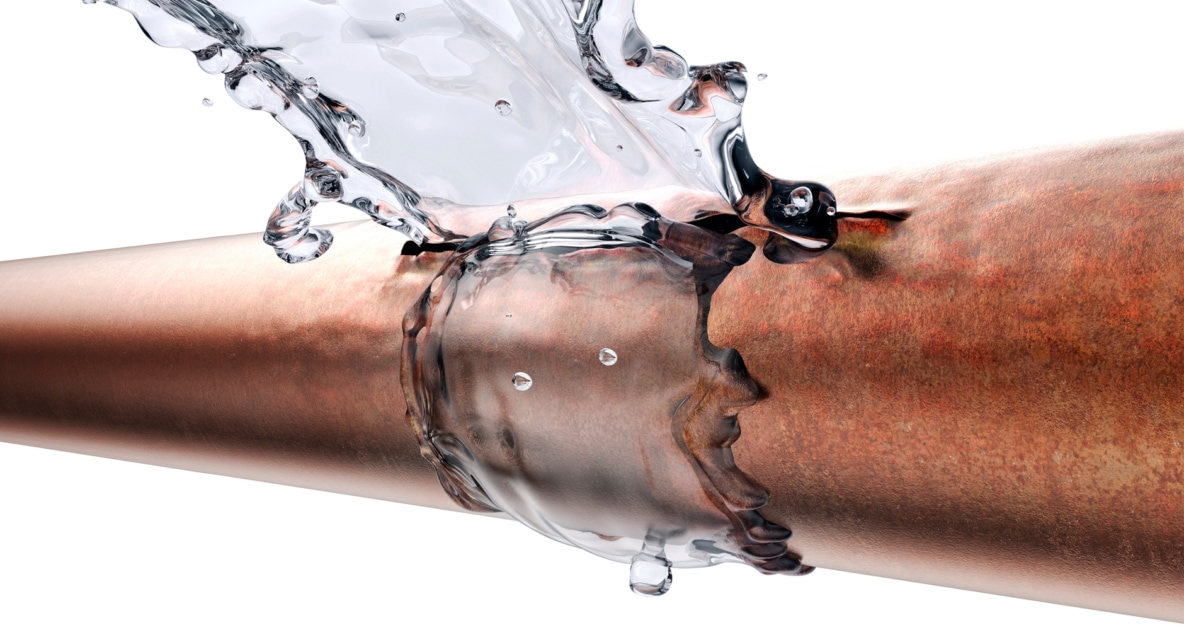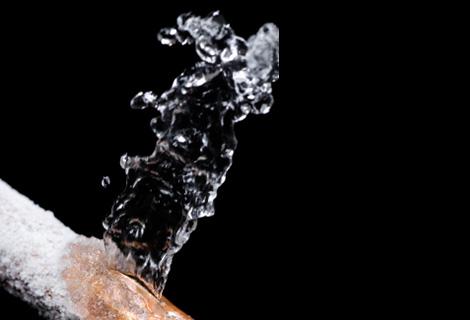From Detection to Correction: A Fast Approach to Handling Burst Pipes
From Detection to Correction: A Fast Approach to Handling Burst Pipes
Blog Article
They are making several great points related to What to Know Before Installing a Dishwasher as a whole in this post on the next paragraphs.

A ruptured pipeline is a major emergency; you can just stand as you view water you pay a lot to rejoin with the earth. In even worse cases, you see a pool on your kitchen flooring, which is a fantastic journey risk, specifically if you have kids around. If the pipe that ruptured was in your wall surfaces, bad news: you might need to paint that entire area.
How can a calamity like a ruptured pipe be prevented as well as managed? Well, by listening to your specialist emergency plumbing professionals and also adhering to these rules.
Exactly how do I know when my pipes have ruptured?
Varying water stress
Pipes do not simply burst in a day. You may have observed that your cooking area tap or shower does not run instantly when you transform the tap. It may stop briefly for a couple of seconds and afterwards blast you with more force than common.
In other circumstances, the water might seem typical in the beginning, then decrease in stress after a few seconds.
Infected water
Many people assume a ruptured pipeline is a one-way outlet. Rather the contrary. As water spurts of the hole or gash in your plumbing system, pollutants locate their method.
Your water may be polluted from the resource, so if you can, examine if your water tank has any type of issues. However, if your drinking water is provided and also purified by the city government, you must call your plumber right away if you see or scent anything amusing in your water.
Puddles under pipelines and also sinks
When a pipe bursts, the outflow develops a pool. It might show up that the pool is growing in size, and regardless of the amount of times you wipe the pool, in a few minutes, there's another one waiting to be cleaned up. Commonly, you might not have the ability to map the puddle to any visible pipes. This is an indication to call an expert plumber.
Damp wall surfaces and also water discolorations
Prior to a pipe ruptureds, it will certainly leakage, the majority of times. If this relentless dripping goes undetected, the leakage might graduate into a broad gouge in your pipe. One easy way to prevent this emergency is to keep an eye out for damp wall surfaces ad water stains. These water discolorations will certainly lead you right to the leakage.
Untraceable dripping noises
Pipe bursts can happen in the most unpleasant areas, like within concrete, inside wall surfaces, or under sinks. When your house goes quiet, you might have the ability to hear an annoyingly persistent dripping sound. Also after you've checked your shower head and cooking area faucet, the dripping may proceed.
Precious reader, the dripping might be originating from a pipe inside your walls. There isn't much you can do about that, other than inform a professional plumber.
Turn up the Warmth
Establish fans to blow warmth right into cold rooms. Maintain the garage door closed. If you have actually minimized water flow, heat one of the most susceptible pipes (generally in basements and crawl spaces or near outside walls) with a hair clothes dryer. Leave the faucet on while you apply warmth. As you melt ice, the circulation will increase. To stop pipes from cold, protect your walls.
Beginning Eliminating the Water
Grab the wipe, buckets and also a shop vacuum cleaner to start to get rid of the water due to the fact that you certainly do not want it saturating into every little thing else in your home. And also, a quick tidy up will lower the possibilities of something obtaining moldy.
What do I do when I detect a burst pipeline?
Your water meter will remain to run even while your water wastes. To lessen your losses, find the major controls and transform the supply off. The water mains are an above-ground structure beside your property.
How to Fix & Detect a Leaking Pipe
How Do I Know if a Pipe is Leaking?
Leak detection tests can help you determine if your pipe has a leak. Even if you don’t see an apparent leak, you should still conduct leak detection tests regularly to save water and money—and prevent major damage to your home.
Water meter. It can be helpful to figure out what your usual water meter usage numbers are and then monitor them regularly. To monitor your meter, first, turn off all water faucets in your home. Check the meter and write down the numbers. In a few hours, check the meter again. If the numbers have changed, you have a leak. Water gauge. Use a water gauge to test your water pressure. Your showerhead should produce a certain amount of water pressure based on its model and design. If the pressure is lower than it is supposed to be for that specific showerhead, your home likely has a leak. Puddles. Look inside your bathroom, laundry, and kitchen sink cabinets. Puddles around the cabinets or around toilets, tubs, showers, and washing machines indicate the presence of a leaking pipe. You may also notice loose tiles, peeling or flaking paint, or mold caused by water accumulation. Napkin test. Even if you don’t see any puddles, you may still have a leak. You can test for water leaks in the bathroom, laundry, and kitchen by wiping below-sink connections with a napkin, paper towel, or piece of toilet paper. If it becomes damp, you probably have a leaking pipe under the sink. Discolored walls. Walls that are discolored—usually with brown or yellow stains—or bulging might mean that they have been impacted by water damage caused by a leaking pipe. Smell. A leaky pipe will create sitting water, and over time, that water may develop a musty smell. If your home smells musty, but you can’t locate the source, it may be due to a leak. Steps for Fixing a Leaking Pipe
A leaky drain can be remedied by tightening the pipe base, replacing the drain seal, caulking the rim, and tightening the pipe nut. Similarly, a leaking toilet pipe can be treated by tightening the packing nut. You may also need to replace the valve. A leaky faucet may just need tightening or replacement of the washers. If that doesn’t work, consider replacing your faucet. If your pipe has a hole in it, you may want to use a pipe leak sealer or pipe leak tape. This quick fix for water pipe leaks can also temporarily fix a copper pipe leak. https://www.ahs.com/home-matters/quick-tips/how-to-tell-if-pipes-are-leaking/

Do you really like reading about What to Know Before Installing a Dishwasher? Try leaving a remark down the page. We'd be delighted to listen to your feelings about this blog post. In hopes that you come back again soon. Enjoyed our article? Please share it. Let someone else discover it. I enjoy reading our article about How to Prepare for Your Dishwasher Installation.
View Website
Report this page